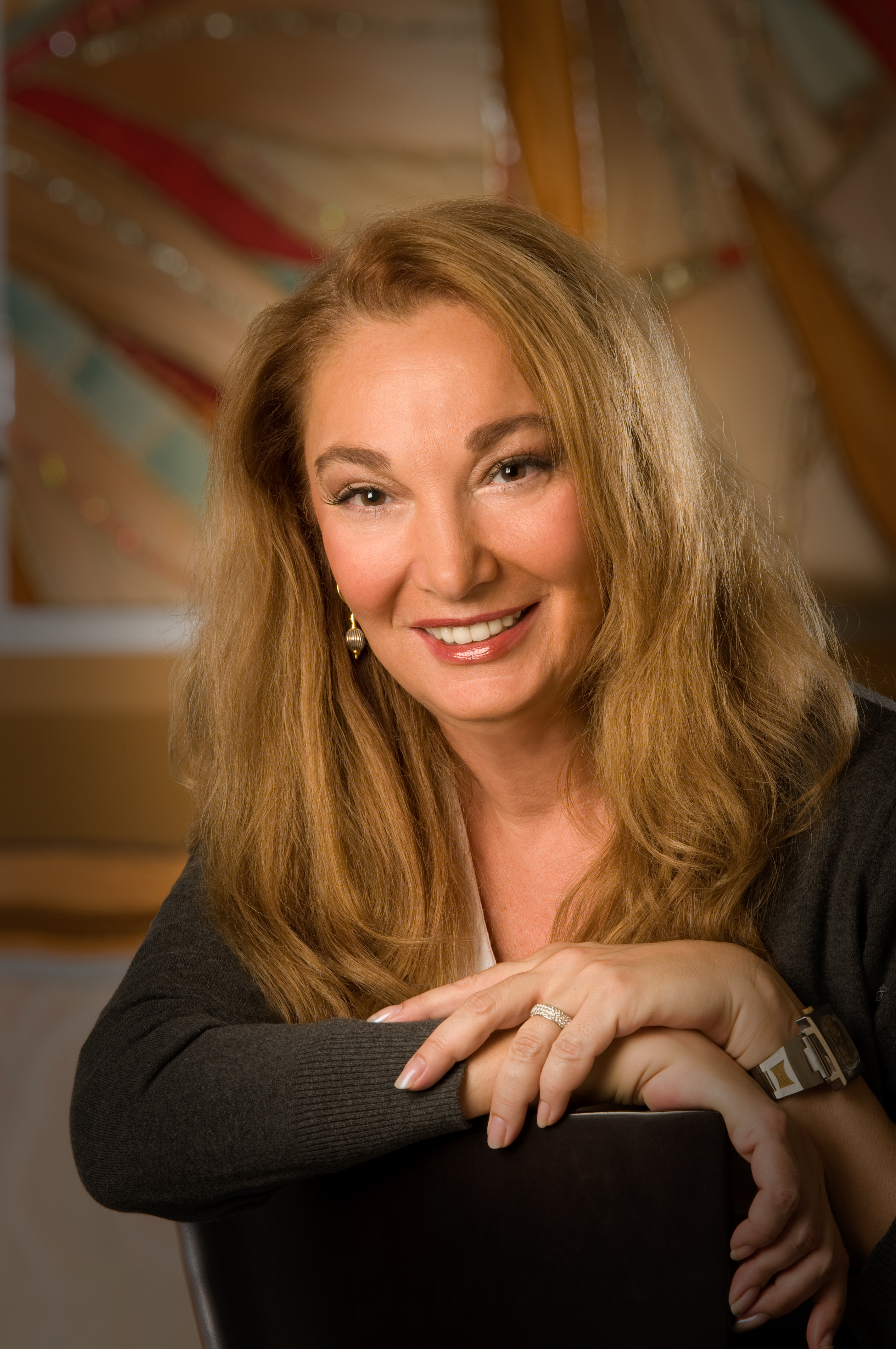The Downtown Sarasota Improvement District is trying to figure out what projects it should take on during the next five years.

What will downtown Sarasota look like five years from now?
It’s an unknowable answer, but one the Downtown Improvement District is examining as it considers its priorities through 2022.
Since its formation in 2008, the DID has helped fund projects within its 84-acre boundaries. The group’s notable undertakings include streetscape and landscaping upgrades throughout the district, improvements to Five Points Park and the addition of flower baskets on lightpoles.
On Tuesday, the DID began a strategic planning initiative to determine what it wants to do next. Quickly, the five-member board of directors struck on one central issue: the scope of the DID’s improvement efforts.
The DID’s job is to improve the downtown core — the precise boundaries of which are subject to debate. The DID is bound by Second Street and Ringling Boulevard on the north and south, Goodrich Avenue and Cocoanut Avenue to the east and west. The DID taxes properties within the district an additional 2 mills annually.
With building on an upswing throughout downtown, board member Steve Seidensticker said he thinks the DID should expand its focus outside of its borders, improving a broader area.
He knows some property owners would be hesitant to spend their tax money outside of the precise boundaries of the DID. Some of his fellow board members disagreed with his idea, too.
“I want my taxes going here, in front of my business,” DID Chairman Ron Soto said. “I’m paying for it; I want it here.”
But looking ahead five years, Seidensticker doesn’t see much room for significant improvement within the boundaries of the DID. The group could invest in, say, more landscaping improvements, but Seidensticker said that sort of approach would have a smaller impact than a more expansive philosophy.
The rest of the board didn’t see a reason to spend money outside of the DID’s boundaries, but it did want to consider whether those boundaries should be redrawn. Expanding to U.S. 301 and U.S. 41 would incorporate a much larger segment of commercial properties downtown, though similar discussions in the past never came to fruition.
The board will continue its discussion at a future meeting. When it ultimately produces a strategic plan for the next five years, Seidensticker hopes it will reflect a more ambitious attitude for the DID.
“I think what you need is to think outside of the box a little bit, and not give into fear,” Seidensticker said.
Observer, September 21, 2017
